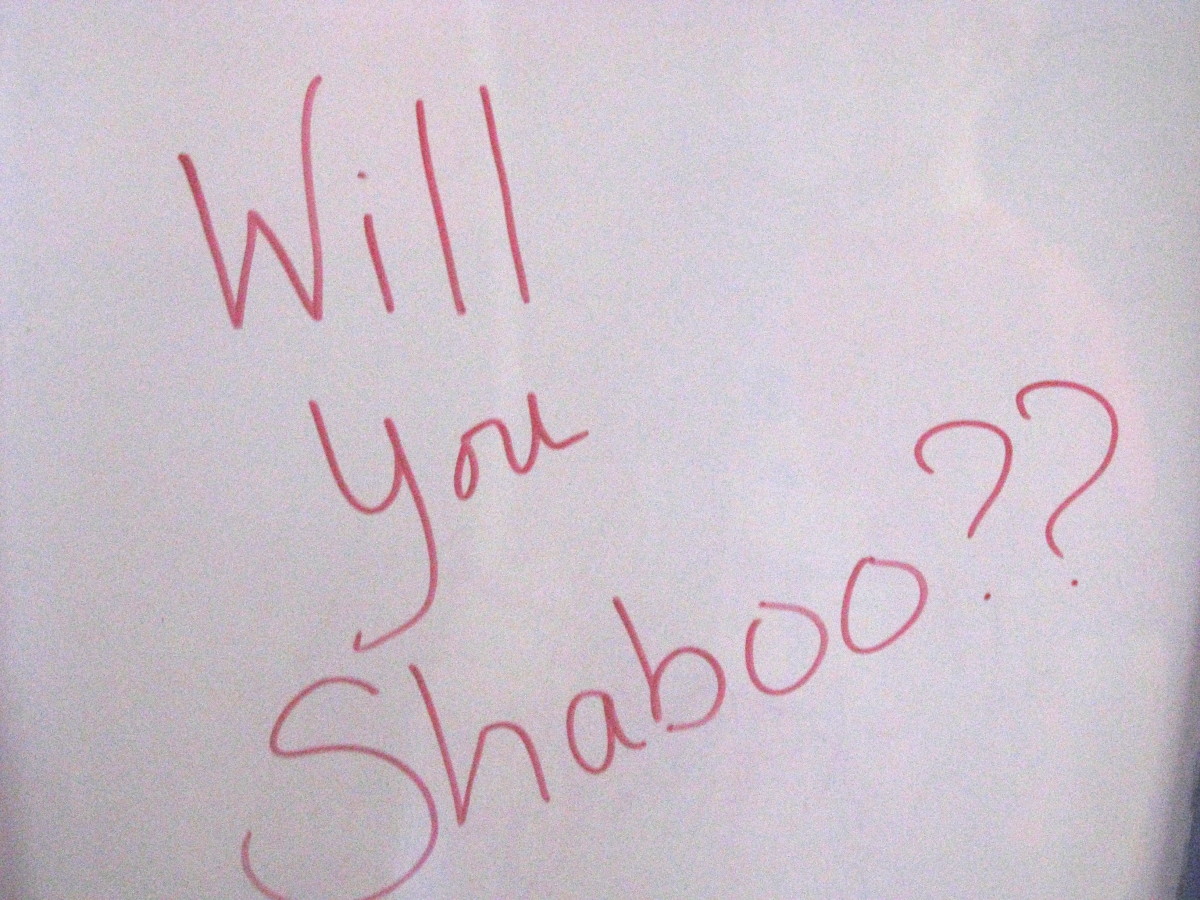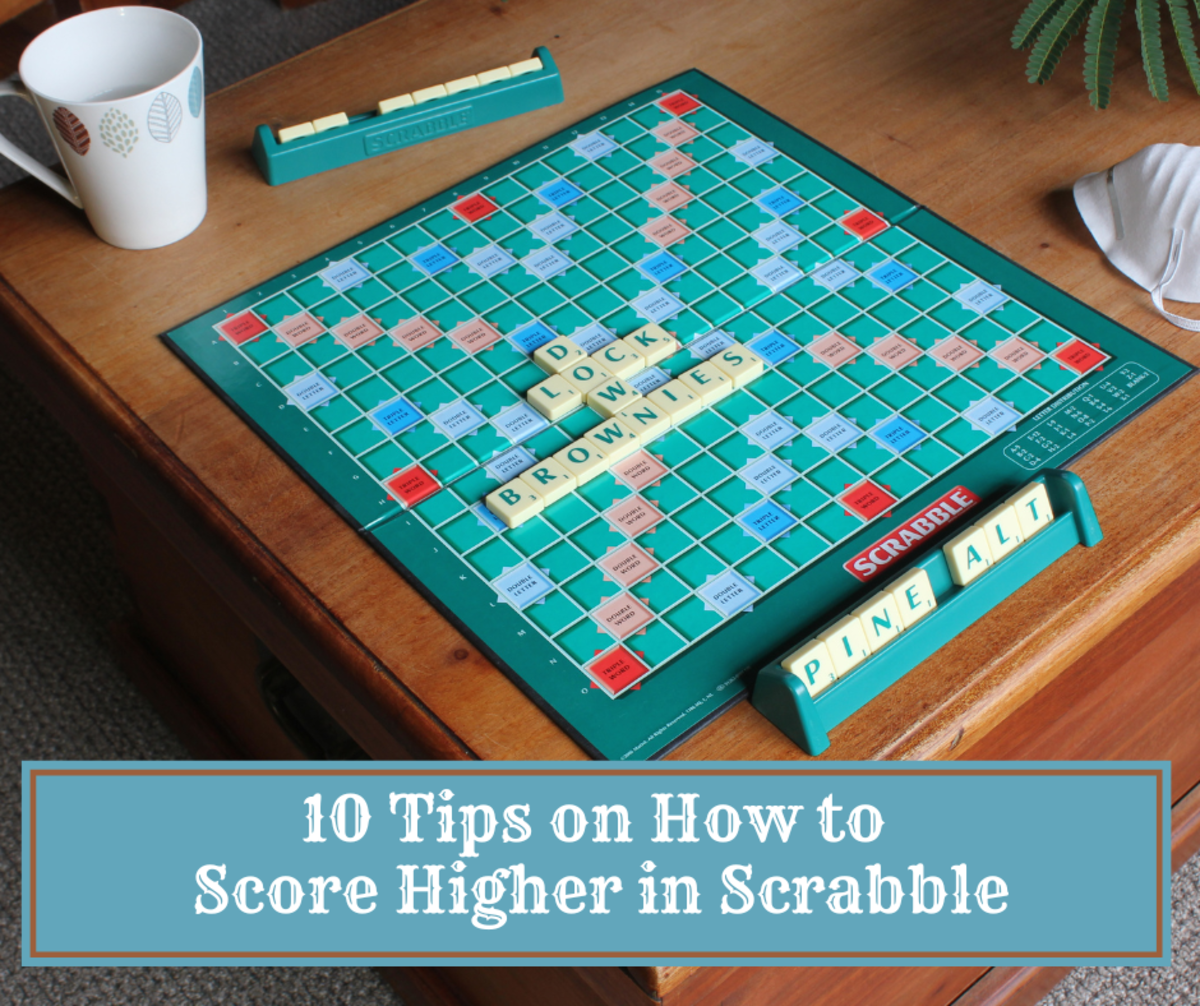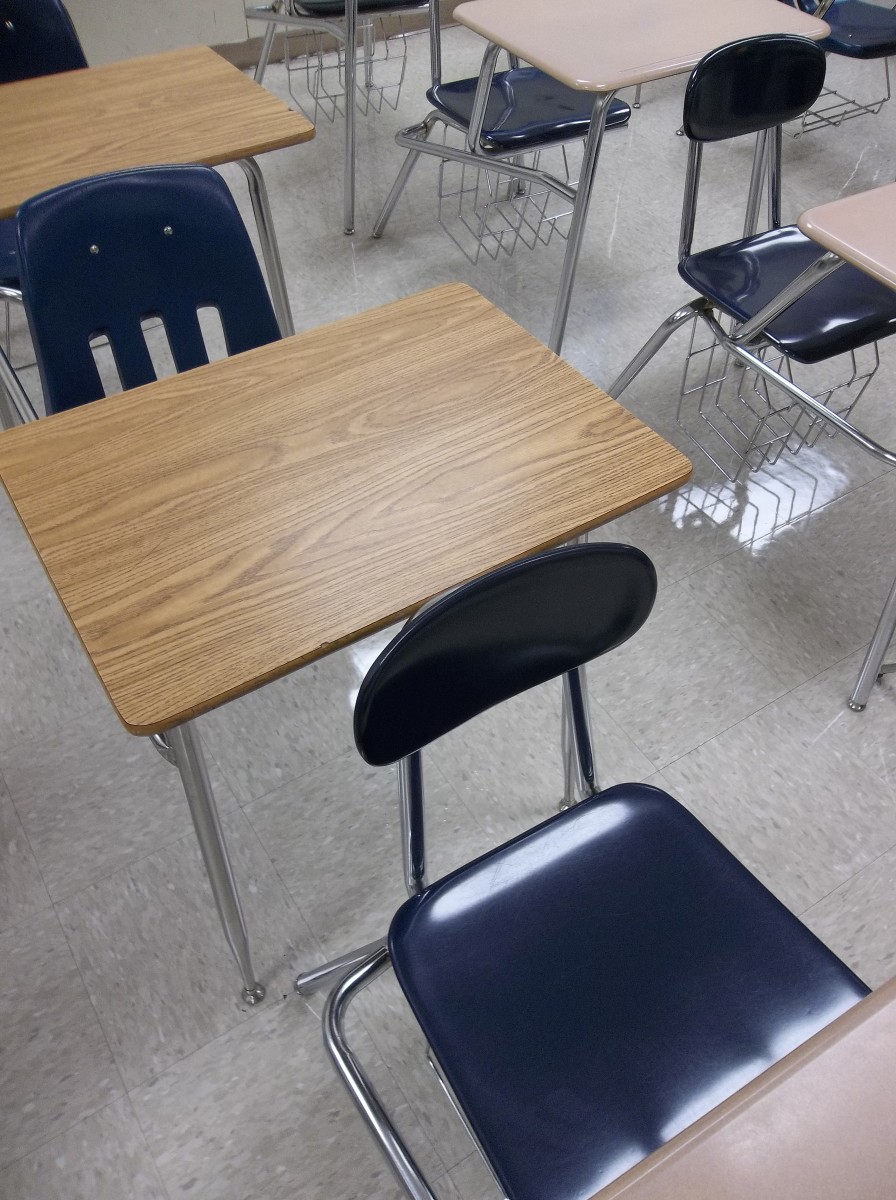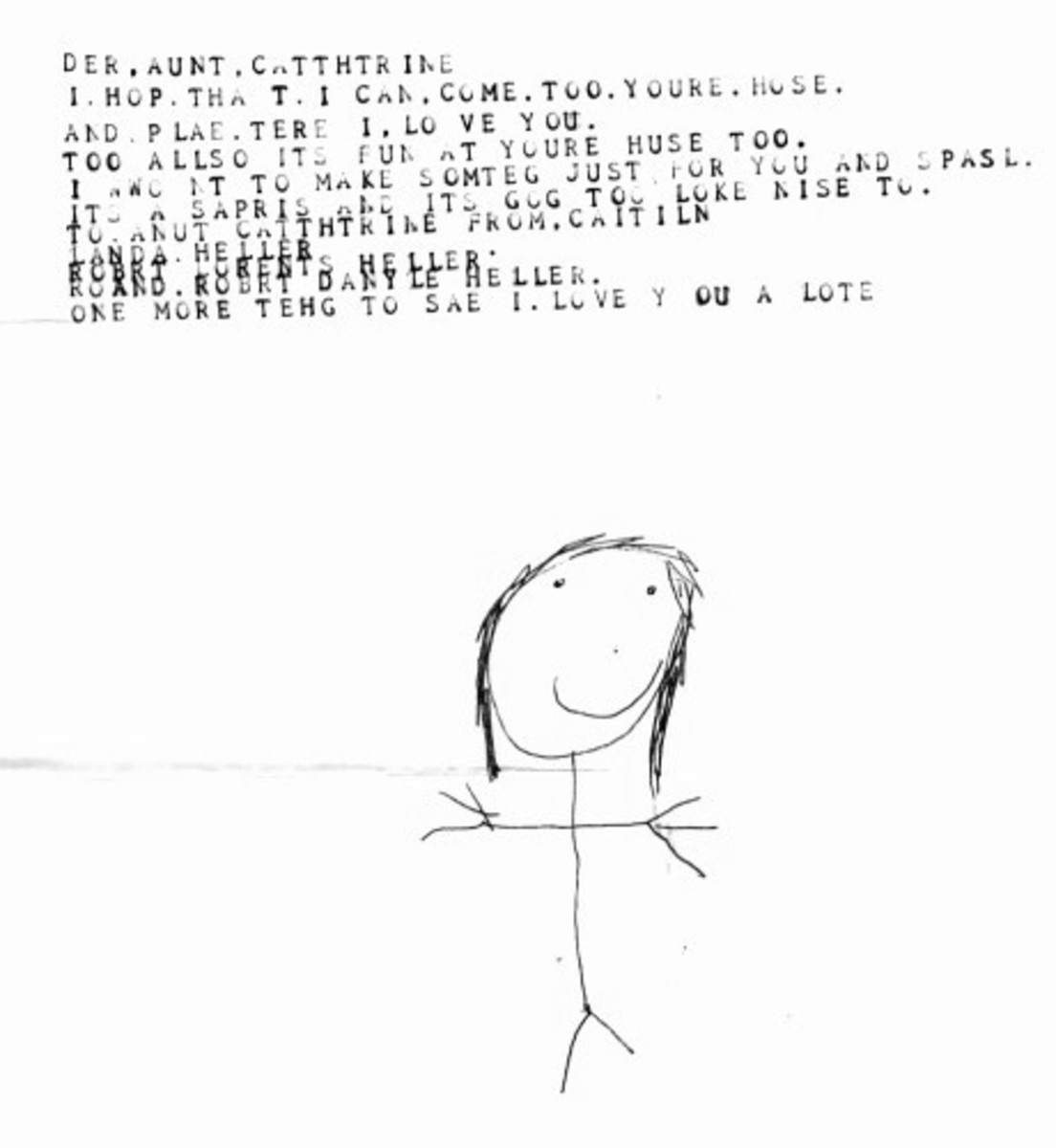Vocabulary Games Using Letters and Hints
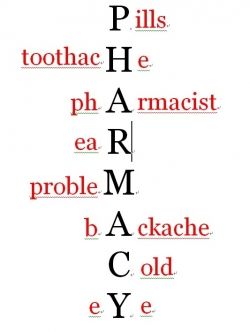
It can be rather dull continuing to play Hangman for the sake of practicing and reviewing vocabulary with the students. While Hangman is still a good game to use, for me personally, I would like to play a variety of games to assess my students' vocabulary. So, here are a few games I use when reviewing vocabulary with my students.
One Letter / Few Hints
Instructions:
1. Either from the student's textbook or from a provided vocabulary list, first, think of a word that the students must guess. Make sure to put students in groups of preferably two to four people.
2. On a blackboard or whiteboard, write a letter that is from your word. For example, if you are thinking of the word "chocolate", then you can write the letter "O". You don't have to write the first, middle, or last letter of the word, as long as you explain to the students that they think of words that contain the letter.
3. Next, write a one to three word hint. For example, the word "chocolate", some possible hints you could write are "brown", "sweet", "Hershey", and so on. Make sure that the hints you give are easy enough for students to understand, but not so difficult that they can't think of either.
4. If no groups answered correctly, then write a second hint on the board. For example, if your word was "chocolate" and your first hint was "brown", then you could write "dessert" or "ice cream flavor" as your second hint.
Wheel of Fortune with Dice
Instructions:
1. Choose a theme for each word you write on the board. This game works best in small classes, with around three to eight students. The teacher can decide whether students can play individually or in teams, depending on the class size.
2. Using a six sided dice, students roll the die and later guess the letter of the word. If guessed correctly, they receive points based on the number of letters multiplied by the die. For example, one team rolls four on the die and guess the letter correctly. If there are three letters in the word, then that team will get 12 points.
3. After guessing the letter, the team can choose to roll the dice and guess another letter, or try to guess what the word is. If they guess the word incorrectly, then the next team will roll the dice and guess a letter.
4. If a team guesses the word correctly, then they will keep all of their points while the other teams lose theirs.
Flag Game
1. Mainly focused on vocabulary related to continents, countries, and cities in the world, print out a number of flags from a variety of countries (The flags chosen is based on what the teacher wants the students to learn in a world geography related lesson.
2. Put students in groups of two to five students, depending on their English language levels, and give each group one small whiteboard, a whiteboard eraser, and a board marker.
3. Next, tell students you will show a flag of a certain country and they must write the following answers on their boards: name of the country, name of the country's capital city, and which continent the country is located. (A teacher can focus on one or two out of the three things students must know based on the lesson aim).
4. As students write their answers, give a point for each answer they wrote correctly.
5. If you want to, you can increase the point value for some answers to continue encouraging participation during the game.
Example:
1pt: Country Name
1pt: Country's Capital
1pt: Continent Country is Located In
After showing students two or three country flags:
2pt: Country Name
3pt: Country's Capital
1pt: Continent Country is Located In
(How high or low you want to increase the number of points will vary)
Name Five Things
Instructions:
Students must come up with five things related to the topic. For example, the teacher says, "Name five countries in Asia." On a piece of paper or on a whiteboard, students must try to come up with five Asian countries. This is a good way to check on spelling as well as review previously learned vocabulary in class.
ESL Classroom Game Books
Shark Attack
Instructions:
1. On a blackboard/whiteboard, draw a five rung staircase and then draw a shark in front of the last rung.
2. Similar to playing Hangman, but students get only five chances to guess the letter correctly for each word.
3. For each letter guessed incorrectly, draw a stick figure starting from the top of the staircase all the way to the last staircase.
4. To be fair, if any students attempts to guess the word and are wrong, the teacher has the option of either drawing a stick figure on the staircase or move on to the next student.


